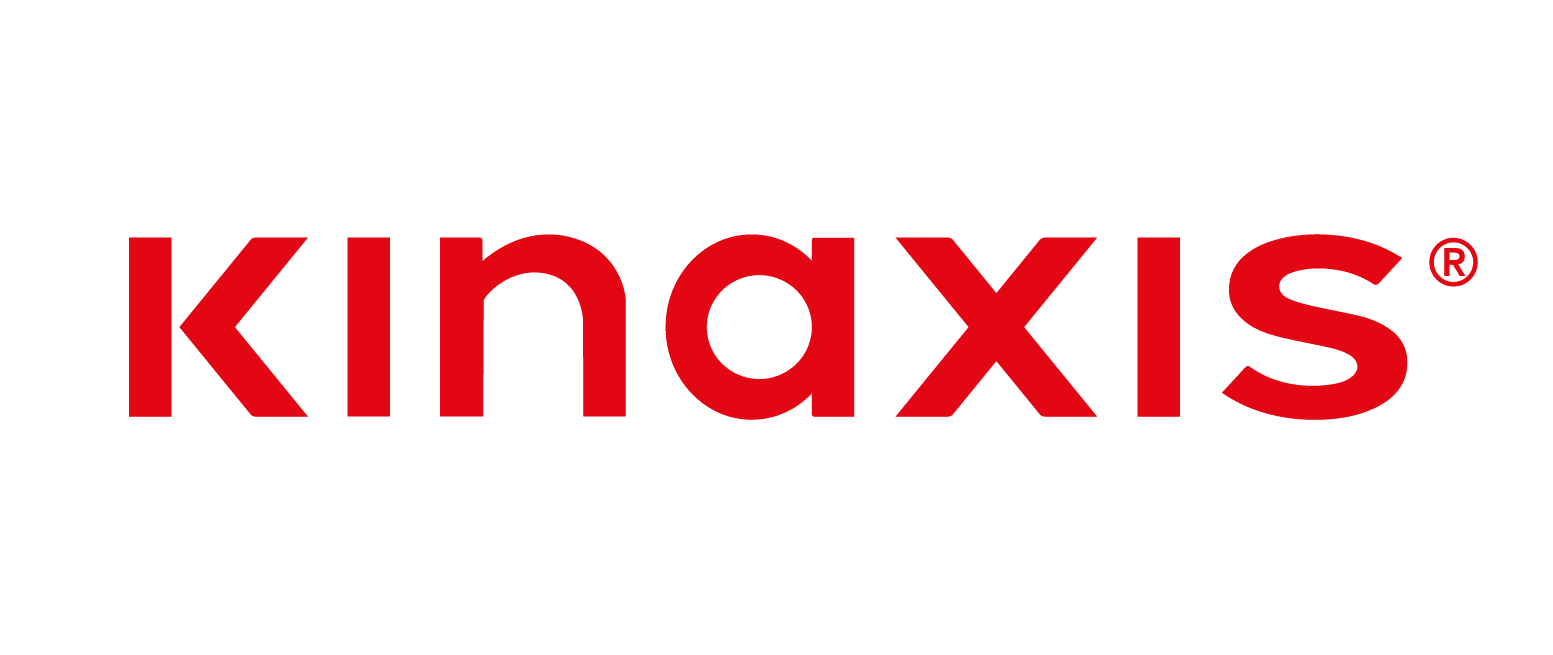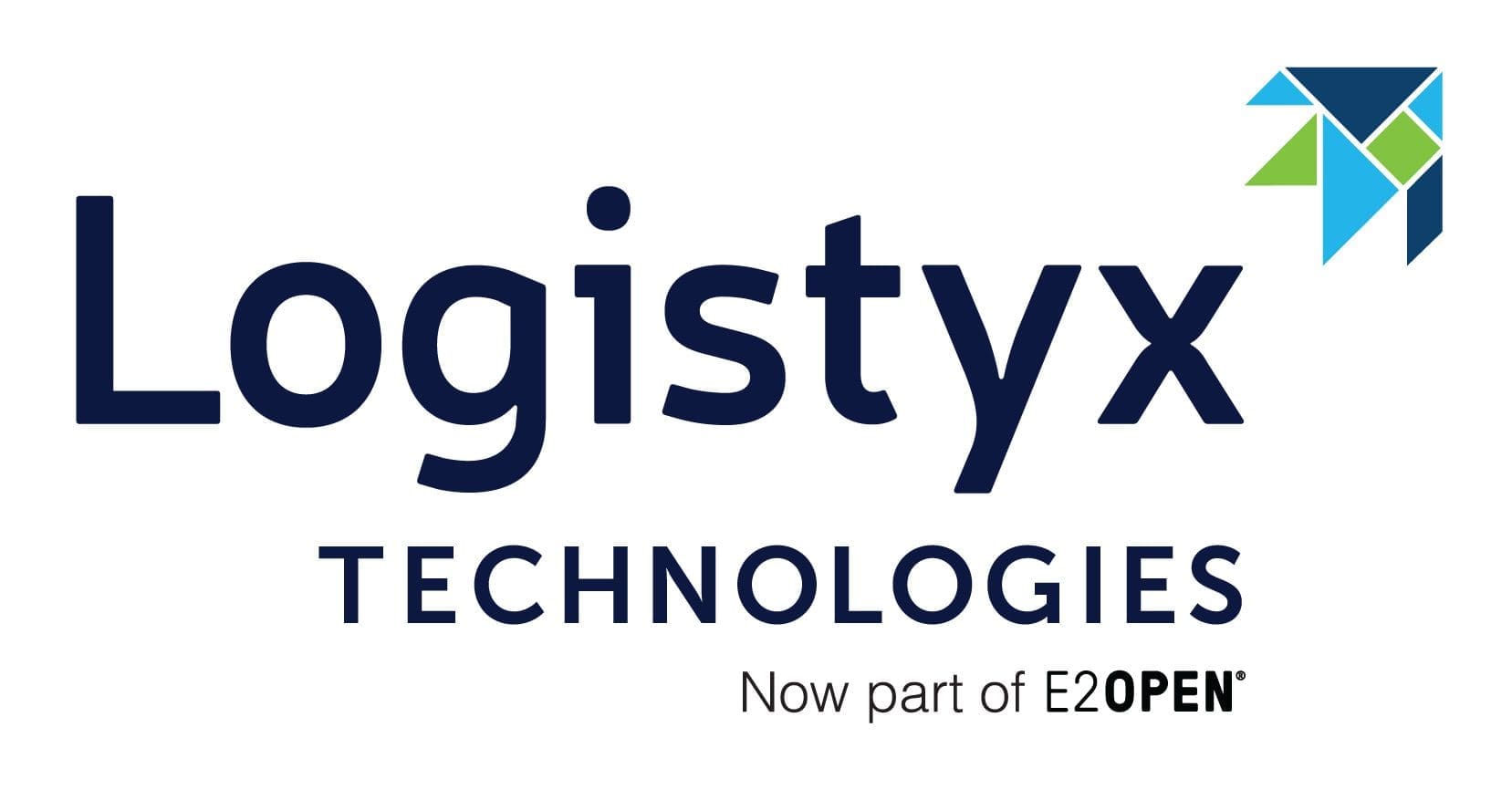 OpenAI introduced a new capability within ChatGPT: the ability to run integrated applications, supported by a developer toolkit called the Apps SDK. These apps allow users to interact with data, tools, and systems directly through conversation.
OpenAI introduced a new capability within ChatGPT: the ability to run integrated applications, supported by a developer toolkit called the Apps SDK. These apps allow users to interact with data, tools, and systems directly through conversation.
For the supply chain and logistics sector, this represents a gradual but meaningful step toward more connected, context-aware operations.
From Disconnected Systems to Coordinated Interfaces
Most supply chain organizations still rely on a collection of independent platforms, ERP, WMS, TMS, procurement, and analytics systems, that seldom communicate smoothly. Each tool has its own interface and data conventions, which can slow information flow and decision-making.
The new Apps SDK makes it possible to connect these systems through ChatGPT. Instead of navigating multiple dashboards, a planner might ask:
“Show me shipments delayed in Singapore and recommend alternate routes.”
ChatGPT could retrieve that information from logistics and ERP systems, summarize it, and return specific recommendations. The core value here is not automation for its own sake but improved visibility and reduced friction between decision and data.
More Informed, Faster Decisions
Supply chain management depends on timely, contextual information. ChatGPT apps combine real-time data access with analytical reasoning, allowing teams to test scenarios quickly.
If a port faces congestion or a carrier reduces capacity, the team could ask:
“If the delay in Rotterdam extends by two days, what is the impact on our European distribution schedule?”
Instead of building reports or waiting for updates, teams can see implications immediately and choose a course of action based on current data. This supports quicker and more evidence-based decisions.
Human Oversight, Automated Support
These apps can trigger external actions, such as rebooking a carrier, creating documentation, or notifying a supplier, but those actions can still require human confirmation. This model of “assisted automation” keeps people responsible for approvals and compliance while letting software handle repetitive steps.
In a regulatory and risk-sensitive environment like logistics, that combination of automation and oversight aligns well with operational standards.
Streamlined Collaboration Across Partners
Supply chains operate through networks of suppliers, carriers, brokers, and customers, often communicating through email and spreadsheets. ChatGPT apps could offer a shared conversational interface where authorized partners can access shipment data, update delivery times, or request documents.
This shared view of information would reduce redundant communication and allow issues to be addressed earlier in the process.
Making Data Accessible Across the Organization
Access to operational data is frequently limited to specialized teams with analytical skills or system permissions. ChatGPT apps lower that barrier.
A distribution manager, without needing to navigate a reporting system, could ask:
“What was our on-time delivery rate in Q3?”
ChatGPT could pull the answer from connected databases or reporting tools, formatted for decision use. This approach supports a wider culture of operational awareness and continuous improvement.
New Roles for Technology Providers
For technology vendors, especially those in transportation, visibility, or warehouse management, the Apps SDK offers a straightforward way to connect their products to ChatGPT.
Because the SDK is open source and based on the Model Context Protocol, these integrations can align with existing API infrastructures. Vendors can expose specific data or workflows as conversational tools, making their systems easier to access inside customer organizations. This could encourage new types of integration partnerships across the logistics software landscape.
Data Governance and Security
OpenAI has defined usage policies for all apps within ChatGPT. Each app must disclose what data it uses and why. Users can control data-sharing permissions and, in future releases, define which categories of data are accessible.
These measures are consistent with enterprise compliance expectations and will be important for organizations managing confidential shipment, customer, or financial information.
Practical Steps for Industry Leaders
For most organizations, the best starting point is small-scale experimentation. Senior leaders might consider:
- Mapping key systems that contain time-sensitive data.
- Working with IT teams to identify where conversational access would save time or reduce errors.
- Developing one or two narrow pilot apps, such as for shipment tracking or performance monitoring.
Each pilot should have a measurable outcome, fewer manual lookups, faster escalation, or improved data accuracy. Success at a small scale provides a base for broader integration.
Summing up
The introduction of ChatGPT apps does not replace established supply chain systems. It provides a new way to access them, through a unified, conversational interface that can reason across data sources.
Over time, this could help organizations reduce process friction, respond more quickly to disruptions, and make more consistent decisions. For logistics and supply chain leaders, the opportunity lies in integrating these tools carefully, aligning them with governance standards, and using them to strengthen, not simplify, the discipline of supply chain management.
















